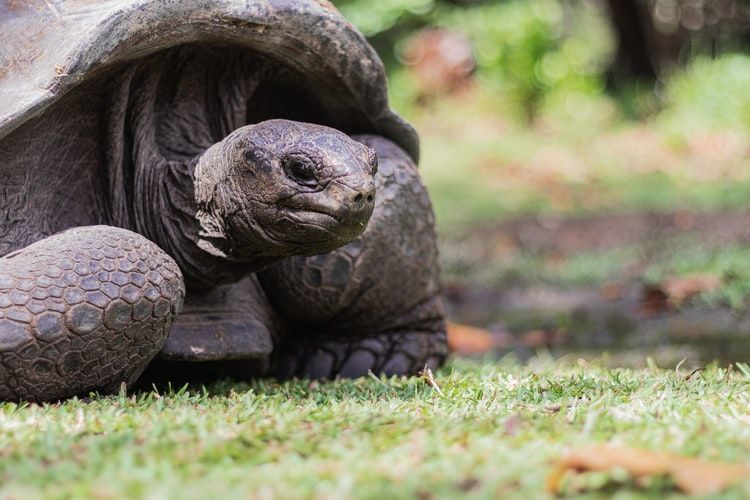Jonathan, a 190-year-old Seychelles tortoise is celebrating his 190th birthday this year on the South Atlantic island of St. Helena, a British Overseas Territory.
He was born around 1832, according to estimates. Jonathan was named the oldest living chelonian – a reptile order that includes all turtles, terrapins, and tortoises – by Guinness World Records in January.
Tu’i Malila, a radiated tortoise gifted to Tonga’s royal family in 1777 and who lived to be 188 years old before dying in 1965, previously held the record. Jonathan, on the other hand, is the world’s oldest living terrestrial animal and is still going strong at a grand old age. He has outlived the average lifespan of his species by a long shot.
“Giant tortoises generally live up to around 150 years, so he is doing very well,” Teeny Lucy of St. Helena SPCA told PetaPixel.
Also Read: Egyptian amputee swimmer makes waves for breaking 2 Guinness World Records
“He is now mostly blind due to cataracts and has lost his sense of smell, nevertheless he knows his territory so well that he moves about the large paddock and grazes the grass with no problems.” Jonathan arrived in St. Helena in 1882 as a gift from British colonial administrator Sir William Grey-Wilson, who later became the island’s governor. When it comes to governors, the almost-bicentenarian tortoise has had 31 of them since arriving fully grown from Seychelles at the age of 50.
Also Read: After 112 years in hiding, ‘extinct’ giant tortoise found in the Galapagos
Jonathan is so old that his earliest photograph was taken between 1882 and 1886 (at least 136 years ago), and he had already been on the planet for five decades. A fully grown Jonathan can be seen eating grass alongside another giant tortoise near St. Helena’s Government House. Photographic evidence of the giant tortoise backs up the claim that it was born in 1832.If he was born in that year, our Jonathan has witnessed many historic events, including Charles Darwin’s HMS Beagle Voyage, two world wars, the breach of the 400 ppm co2 threshold for the first time in 2.6 – 5.3 million years in 2016, and another pandemic.







